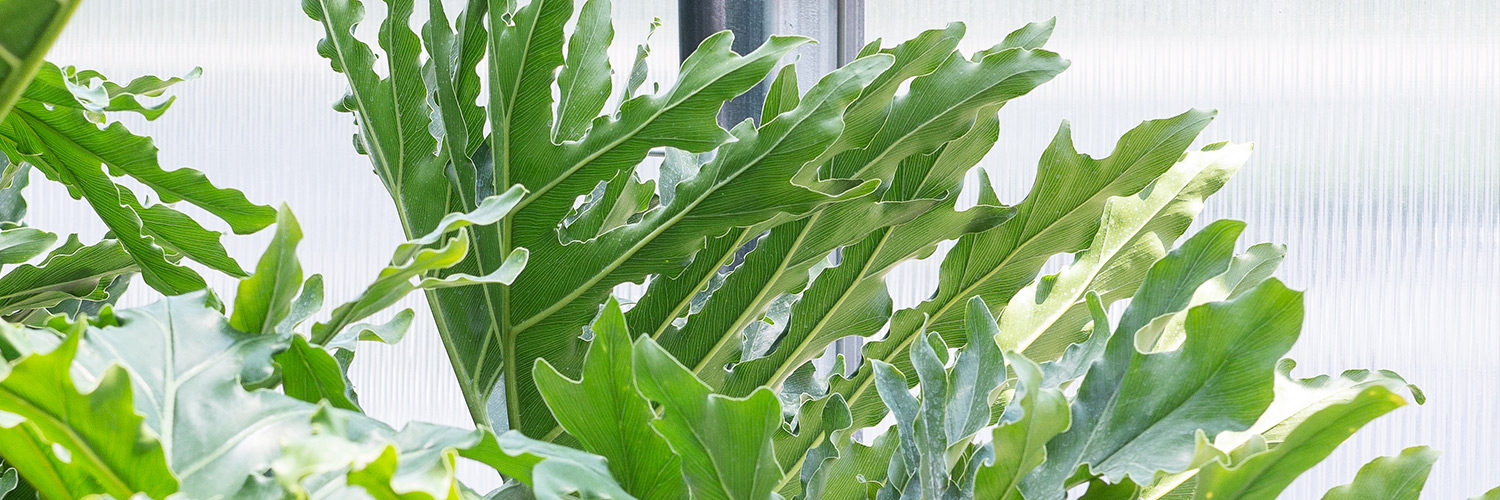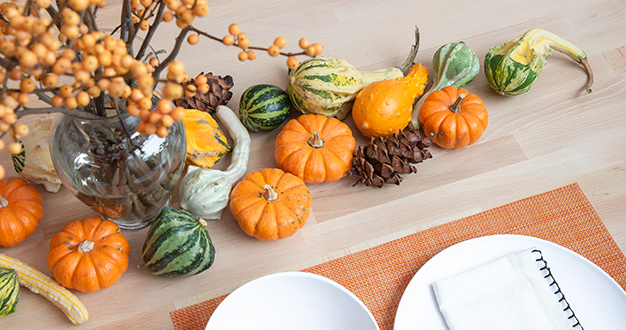
So, you’ve noticed that everyone you know is amassing an interesting collection of strange and beautiful houseplants – but you’ve never tried it, and you’re curious. Or, maybe you tried a houseplant or two in the past, and for whatever reason, the relationship ended badly. Either way, you can see that plant parenthood brings rewards to its enthusiasts – and we’re here to help you find success with it too. Becoming a plant parent – even if you’re new at it – is an opportunity to get to know some wonderful plants, learn new things about their growth and behavior, and be amazed at how they’ve adapted to living indoors with us. It begins with finding an easy plant to start with, understanding your light, and knowing when and how to water.
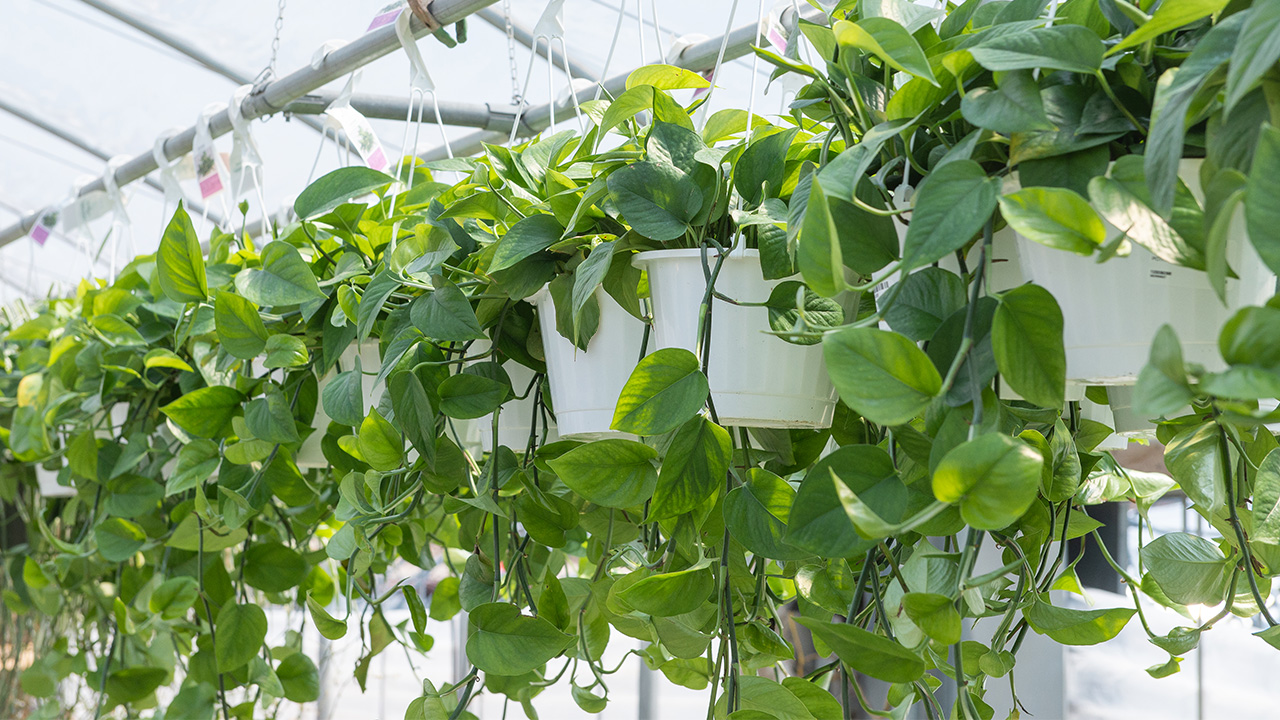
Start Simple
The trick to successfully rearing a collection of plants is learning to provide an environment where all of your plants can succeed. With a large collection featuring a variety of plant personalities with varying needs, this can get a little complicated. So, if you’re a beginner, it’s a good idea to start with an easy-going plant friend – one that can roll with all the punches that a new plant owner might unintentionally throw at it.
Pothos is a great example. Pothos isn’t picky – it lives happily under a broad range of light, water, and humidity conditions. And, if you do push the generous limits of its tolerance, pothos gives a gentle warning by wilting slightly, getting too leggy, or dropping a few leaves. Just adjust your care routine, and pothos will forgive and forget – often recovering and carrying on like nothing happened. Dracaena, heartleaf philodendron, and spider plant are other houseplants whose tolerant nature make them perfect for beginning care givers. With a bit of practice, you’ll find out exactly what makes these easy-going plants the happiest – then you can apply what you’ve learned to more challenging plants as your collection grows.
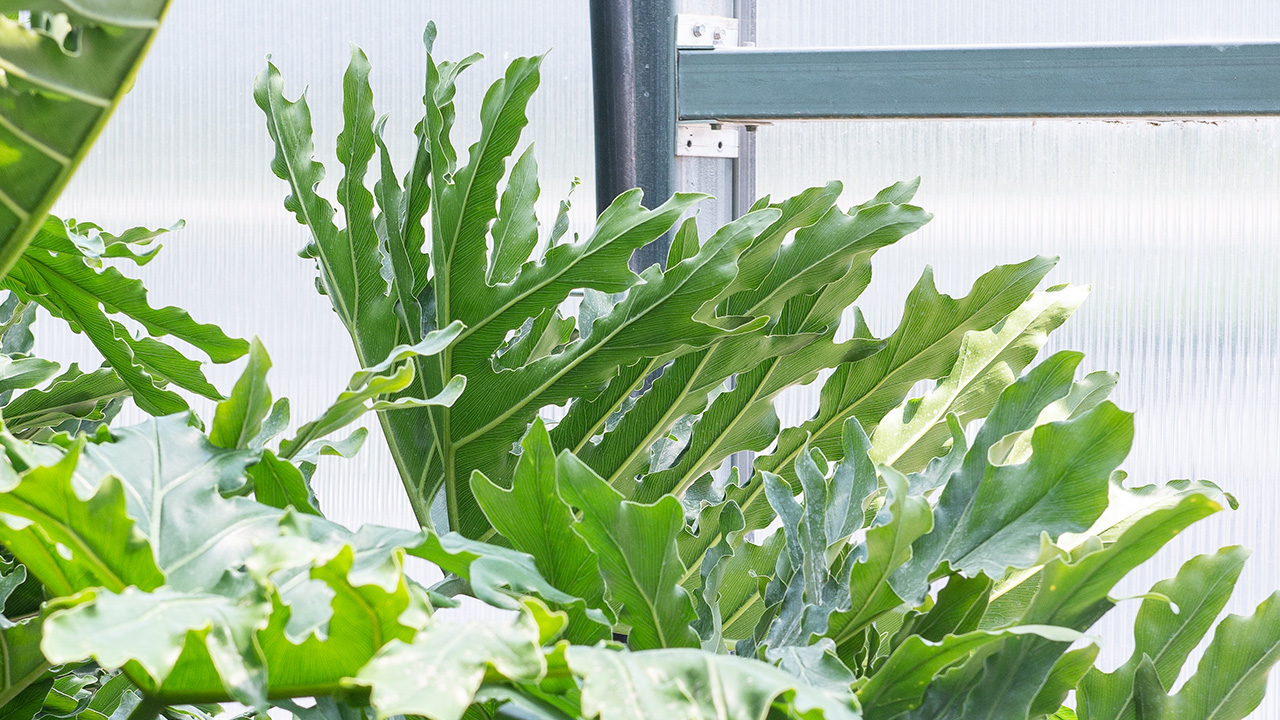
Understand Your Light
Understanding how houseplants use light is key to successful plant parenthood. Plants need sunlight for photosynthesis – the process by which they use light, water, and carbon dioxide to create sugars for energy and growth. But, not all plants need the same amount of light to do this. Some plants need direct sunlight on their foliage – others have evolved to require only indirect, dappled light to thrive. You might notice that common descriptions for light requirements include “low light,” “direct light,” or “bright indirect light.” But what do these mean in your home?
We think our friend Darryl Cheng, creator of the popular House Plant Journal, has a great method for determining what kind of light your plant is experiencing as it sits in any location in your home. Just sit in the spot where your plant lives, and determine what it “sees” in terms of the sun and sky. According to Darryl, if your plant has an unobstructed view of the sun, that’s direct light. If your plant has an unobstructed view of the sky (but not the sun itself), that’s indirect light. And the wider the view of the sky, the brighter the indirect light will be. Most of our tropical foliage plants do well with bright, indirect light, whereas cacti, succulents, and some foliage plants tend to do best with more direct sunlight. Placing your houseplant where it gets the light it likes best makes everything else about its care easier to manage successfully.

Know When to Water
A common mistake among beginning houseplant parents is thinking that all plants need constantly wet soil and that a good drink will cure any ill a plant might have. In fact, different plants prefer different levels of soil moisture to stay healthy. For instance, cacti like their soil to dry almost completely before they get a drink, whereas maidenhair ferns require consistent, never-failing soil moisture.
In general, most foliage houseplants in bright, indirect light need to be watered when the top inch or two of soil becomes dry. This can easily be measured by pushing a wooden dowel into the soil to see how deep the soil is moist. How often you’ll need to water depends on several factors including the amount of light, the type of soil and container, and the ambient temperature and humidity. For example, a sansevieria sitting next to a bright, west-facing window uses water faster than one experiencing lower light in a corner by the sofa. So, the key to knowing when to water isn’t to follow a predetermined schedule. It’s learning the needs of your plant and then interacting closely with it – feeling the soil, watching for wilting leaves – to determine when it actually wants a drink.
Regarding the type of soil and container your plant is growing in, keep in mind that a small pot with fast-draining soil – containing a higher percentage of rock, perlite, or bark – dries much faster than a large pot with soil that contains a lot of moisture-retaining peat. For most foliage houseplants, an all-purpose, soilless potting mix – like the professional mix we use from Fafard – provides the ideal balance of moisture retention and drainage.
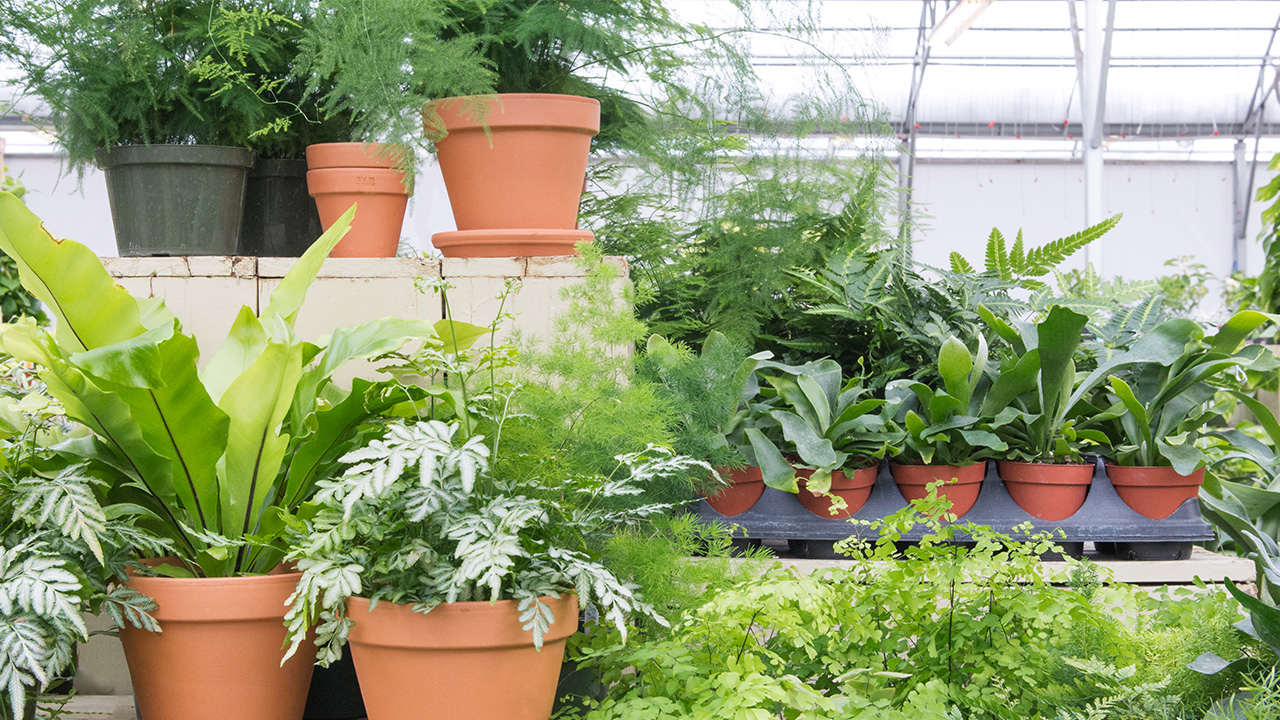
Know How to Water
For a beginning plant parent, having a pot with a drain hole is really helpful for managing soil moisture. Plants can be successfully grown in pots without holes, but it’s trickier to get the balance just right and avoid having excess water in the bottom of the soil. If your favorite pot doesn’t have a drain hole, you can always keep the plant in its original grow-pot and stage it in the decorative pot, removing it each time you water.
When you decide your plant needs a drink, make it a good one. You’ll want to thoroughly wet all areas of the soil around the plant and let the excess drain out of the pot. Try to avoid getting water on the leaves, which can lead to fungal disease – instead, be sure to water directly into the soil.
We’re Excited to Help You Get Started
We love our houseplants, and we want you to love having them too. If you’re a beginning plant parent, stop by the greenhouse anytime. We have all kinds of expertise, brochures, and stories we’ve collected about caring for these wonderful plants, and we can’t wait to share them with you.

